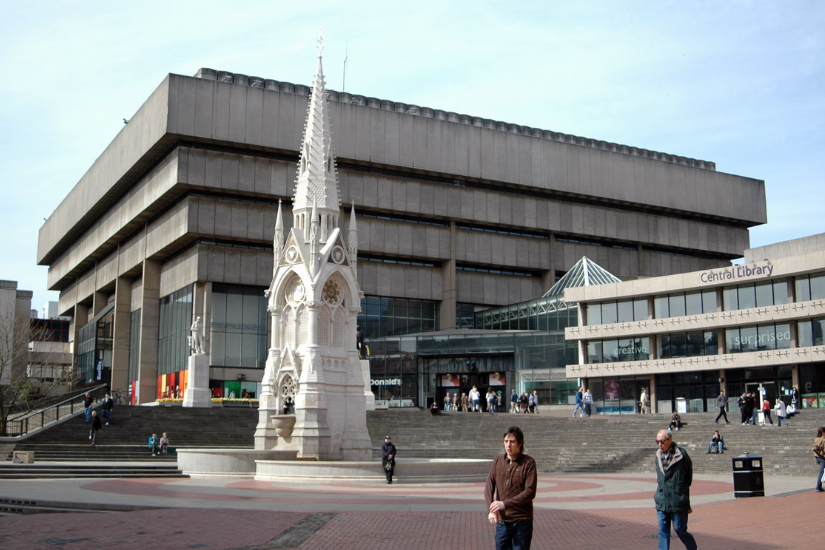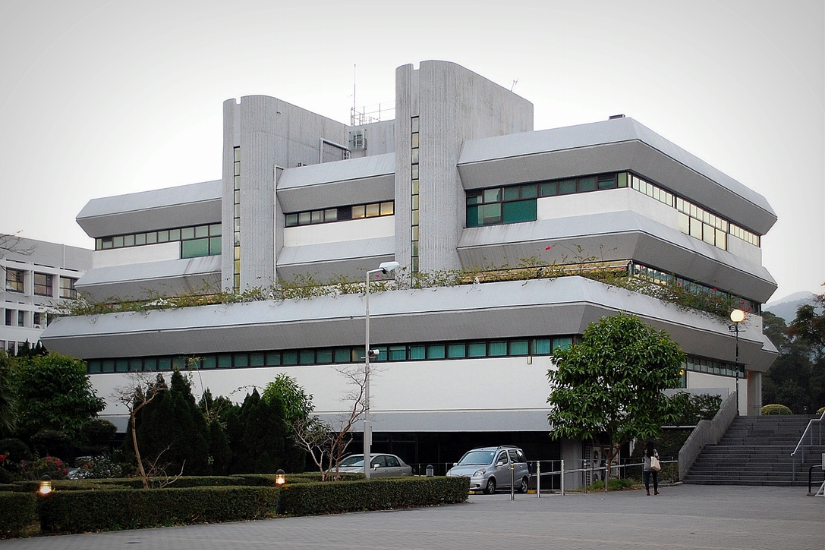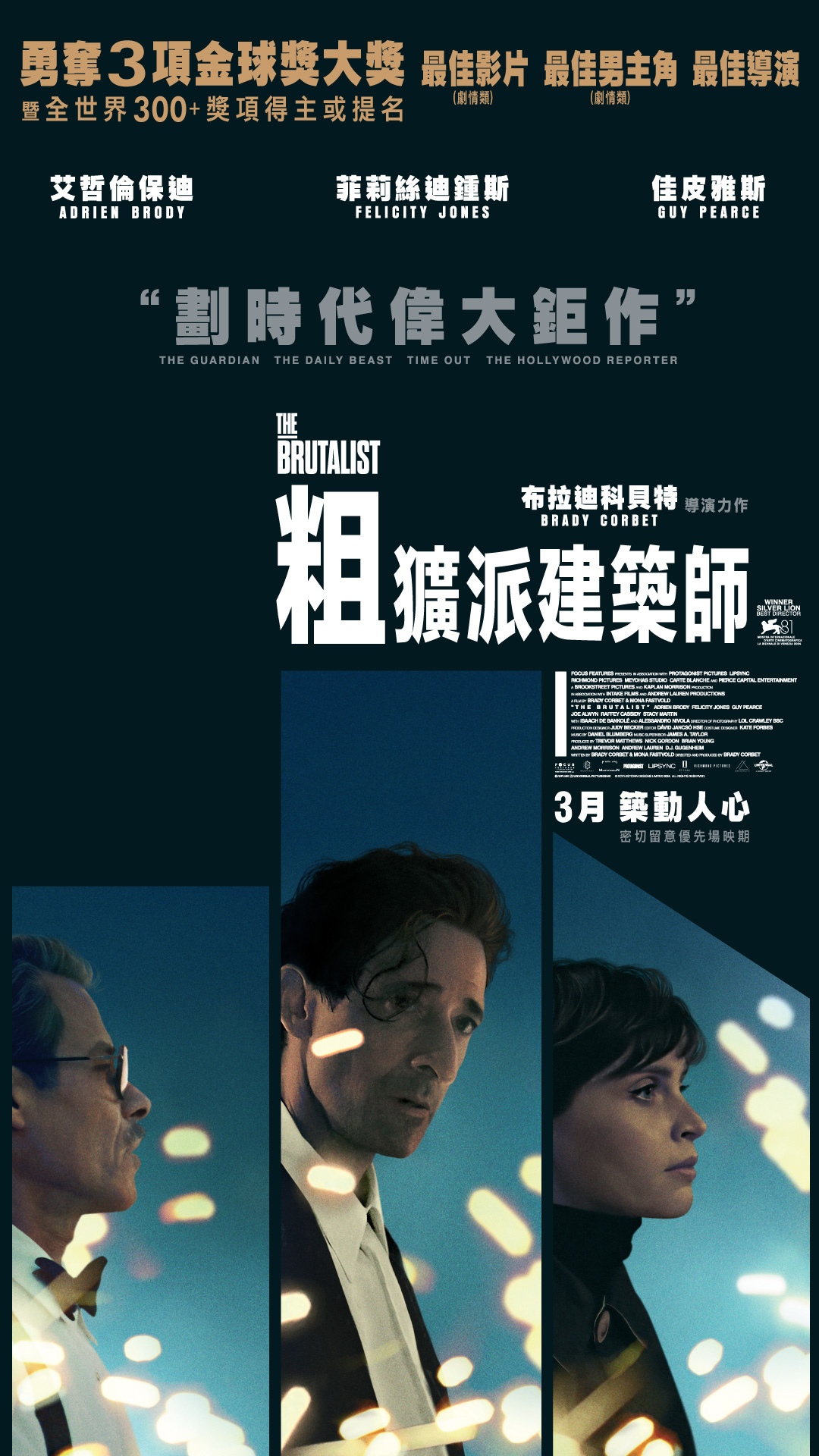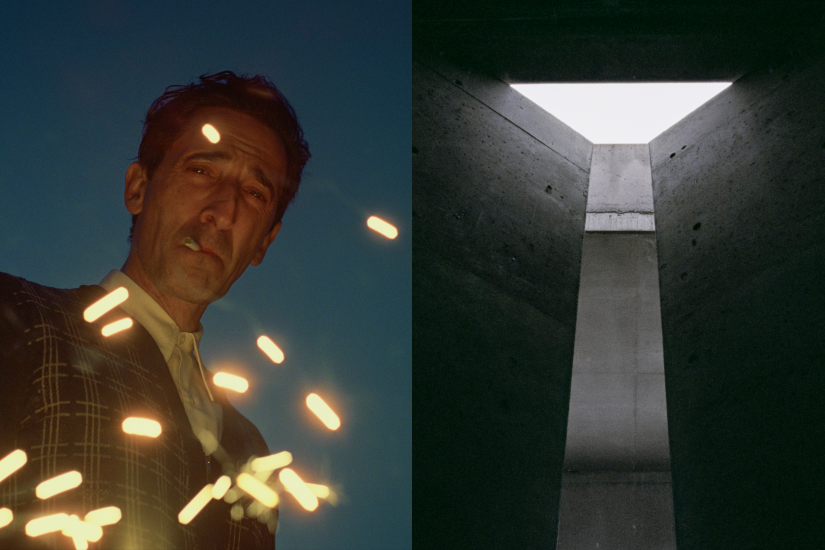The highly anticipated film The Brutalist will have its grand premiere in Hong Kong in March 2025. Even before its release, it has generated considerable buzz, as it has been unanimously hailed by global film critics as a “groundbreaking masterpiece.” The film has already won three Golden Globe Awards: Best Motion Picture (Drama), Best Director, and Best Actor in a Drama, and it was also awarded the Best Director Award at the Venice Film Festival, accumulating over 300 international awards and nominations in total.
In addition to the cast and award nominations, this film has faced various challenges, and it is, in fact, a seven-year endeavor by director Brady Corbet!
Director Brady Corbet said: “This is a story of quietly holding on and pursuing excellence. Even when the ground beneath your feet has been leveled.”
To become “You 2025” must-watch movie list is certainly not easy. Let’s take a moment to carefully appreciate the finely crafted works of director Brady Corbet that successfully resonate with the heart!
What exactly is Brutalist style?
Brutalism was founded by British architects Alison Smithson and Peter Smithson, signifying a rejection of excessive ornamentation, characterized by bold geometric structures and an aesthetic that starkly presents the beauty of raw building materials, challenging traditional perceptions of architecture.
This style originated in 1950s Britain, where architects began to reflect on traditional architectural styles, seeking a more practical, economical, and expressive design approach that placed greater emphasis on the functionality of buildings. Later, architectural historian Reyner Banham connected the French terms “béton brut” (raw concrete) and “art brut” (raw art), establishing the theoretical foundation of Brutalism.
Some people believe that its appearance is cold and lacking in warmth, making it feel out of place in its surroundings; however, others view its simple and direct design style as embodying a kind of authentic and honest aesthetic. With the recent re-examination of modernist architecture, Brutalism has once again garnered attention. Some architects have even called for it to be redefined as “brave architecture” in order to shed the negative connotations associated with the term “Brutalism.”
“SOS Brutalism”

According to Oliver Elser, a researcher from the “M+ / Design Trust Research Grant Program,” in his article titled “In Search of Hong Kong Brutalism” published in M+, there are currently records of 2,038 buildings worldwide, with 209 of them listed on the “Red List,” indicating that these buildings are at risk of impending demolition or redevelopment.
The image above shows the Birmingham Central Library (1969–1973), designed by John Madin. Its desolate concrete facade, distinct geometric design, inverted pagoda shape, and grand scale made it an iconic representation of British Brutalist architecture and a favorite within the architectural community. At the time, it was also seen as a symbol of social progressivism, but unfortunately, it could not escape the fate of being demolished.
Does Hong Kong have rugged architecture?

The sparse number of brutalist buildings in Hong Kong, though few, holds an important place in the architectural history of the city. For example, the Multi-media Library of The Chinese University of Hong Kong, the Chung Chi College Student Activities Centre, Mr. Wong Chak-shing’s residence on Choi Hung Road (1966), St. Stephen’s College, the Chinese Permanent Cemetery in Tsuen Wan, and the North Point Methodist Church, all reflect the social context and design philosophies of their time, as well as the architects’ exploration of materials and structures. Despite the controversies surrounding brutalist architecture, these buildings have become cultural landmarks in Hong Kong, witnessing the city’s developmental journey over time.
In 2023, registered architect Peng Zhanhua dedicated three years to research, aiming to fill in the historical gaps, and launched the book “Rugged Architecture of Unknown Hong Kong,” which carefully documents the rugged architecture of Hong Kong and revives the stories behind these buildings. Photographer Kevin Mak won the Dezeen Awards 2022 with “Rugged Architecture of Unknown Hong Kong,” being selected by the professional jury as the winner of the “Architectural Photo of the Year.” “Rugged Architecture of Unknown Hong Kong” has been printed in its third edition, featuring even more local rugged architecture cases, accompanied by in-depth analyses.
Last year, the Hong Kong brand Moon Vision collaborated with Brutalism HK to create themed paper bags featuring several of the iconic brutalist buildings that stand in the urban landscape of Hong Kong.
“Rugged School of Architecture” Movie Synopsis
Hungarian-Jewish architect László Tóth, a Holocaust survivor, moved to America with hopes of finding freedom and reuniting with his wife trapped in Eastern Europe. However, the gap between ideals and reality caught him off guard — this once-renowned design genius in Budapest faced constant setbacks in the high society of Philadelphia. The American dream shattered in an instant, leaving him to start from scratch. In this unfamiliar land, László not only had to confront cultural barriers but also had to rediscover his place as an outsider.
In the midst of adversity, he is determined to break through with all his might, gradually rebuilding his own honor and dignity with time and talent, crafting a touching chapter about rebirth and resilience.
Is the protagonist László Tóth a real person?
The story tells of László Tóth, a Hungarian-Jewish architect, portrayed by Adrien Brody in a peak performance. He embodies a refugee whose identity and status have been torn apart in a foreign land, with his past achievements seemingly completely stripped away. Brody won the Golden Globe for Best Actor for his role in “The Roughhewn Architect.”
The vivid portrayal of the character is a result of the team’s meticulous and thoughtful approach to character development. To establish the professional credibility of the fictional architect László Tóth, the film deliberately draws on and integrates the creative elements and styles of three modern architectural masters: Paul Rudolph, Louis Kahn, and Marcel Breuer, particularly evident in the chair designs featured in the movie. Through the accumulation of various details, the character’s image and professionalism are crafted, allowing the audience to gain a deeper understanding of the essence of Brutalist architecture.
The story of László Tóth, intertwined with history and reality, reflects many experiences of post-World War II Europe or Jewish immigrants, who not only had to face turbulent times, family separations, and precarious living conditions, suffering from various forms of discrimination and hostility, but also had to grapple with the struggle for survival between dreams and reality, capturing the unique spirit of the era.
Although the architectural works featured in the film are purely fictional, various intricate details have been chiseled and processed to ensure that audiences can appreciate the unique charm of rugged architecture.
Specially shot with VistaVision
Heard of VistaVision? It sounds unfamiliar?
In fact, VistaVision is a photographic format that existed in the 1950s, representing a higher resolution, wide-screen variant of the 35mm film format, created by engineers at Paramount Pictures in 1954. However, with the film industry’s increasing preference for Panavision and the continuous improvements in Eastmancolor film technology, VistaVision began to fade into history by the late 1950s. It wasn’t until 1961, when Paramount produced their last film shot in VistaVision, “One-Eyed Jack,” that it came to an end.
However, the story of VistaVision did not truly end—it was more like a lab, a testing ground that paved the way for concepts in film photography. It is these early innovations that laid the groundwork for later 70mm IMAX and OMNIMAX film formats in the 1970s; IMAX and OMNIMAX adopted the technique of loading film horizontally, which was one of the core design principles of VistaVision. Thus, the influence of VistaVision continued in another way.
However, “Rugged” utilizes VistaVision technology for filming, allowing for a broader perspective and retaining details, showcasing the grandeur of the architecture. For instance, viewers can appreciate the texture and quality of the concrete in greater detail, as well as experience the striking impact of the building itself.
Director Brady Corbet stated: “VistaVision offers an incredibly wide perspective, allowing you to see the view from the ground to the sky even when you are close to the buildings. This is crucial for a film about architecture. We never considered shooting this film in any other format!”
這是導演 Brady Corbet 花了長達 7 年的小成本、大製作電影,電影長達 215 分鐘(即約 3.5 小時),還有中場休息,只為精益求精。透過 László Tóth 的故事及其設計的粗獷主義風格建築、「前衛思維」的文化中心,從構思到完工,也是把主角的身、心狀態畫上了等號,描繪成為內心創傷的意象之一。
而導演 Corbet 也想探討的,大概是當理想和現實的掙扎,而建築、金錢也成為了權力的象徵,那 László Tóth 的作品還純粹嗎?藝術的意義和價值又該怎麼衡量呢?或者看過電影之後,你也會找到屬於自己的答案。

導演:Brady Corbet
演員:Adrien Brody、Felicity Jones、Guy Pearce
片種:劇情、歷史
語言:英語、意第緒語、匈牙利語、希伯來語、意大利語
片長:215 分鐘(設有 15 分鐘中場休息)
級別:III
發行:環球影業 (香港) 有限公司
(上映日期: 2025 年 3 月 6 日)
Source Official Movie Facebook


